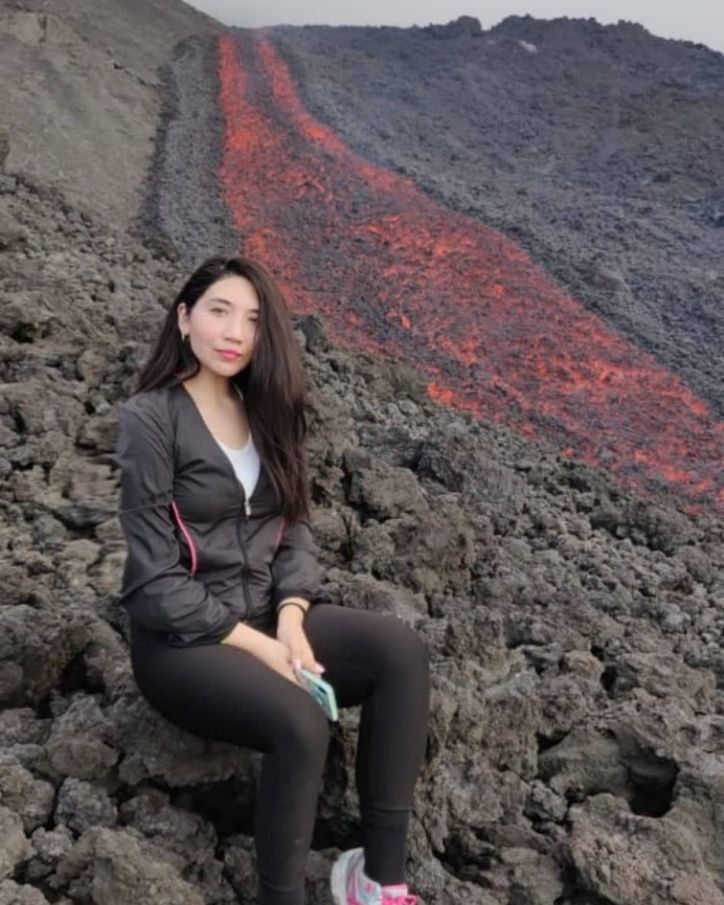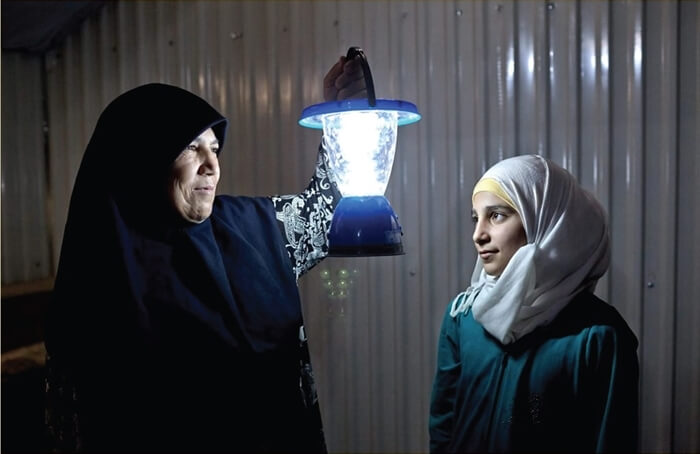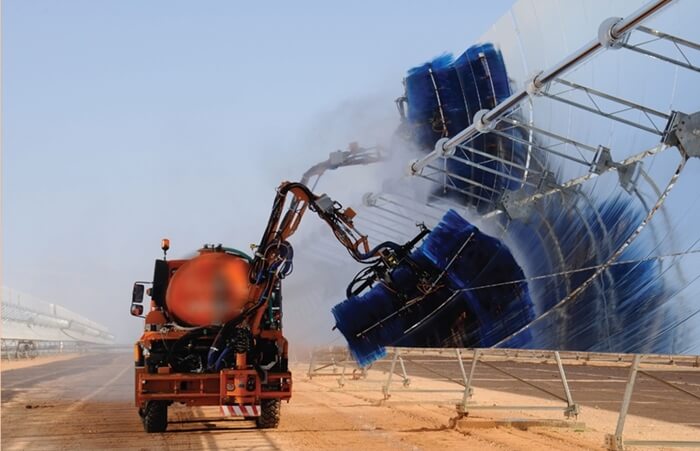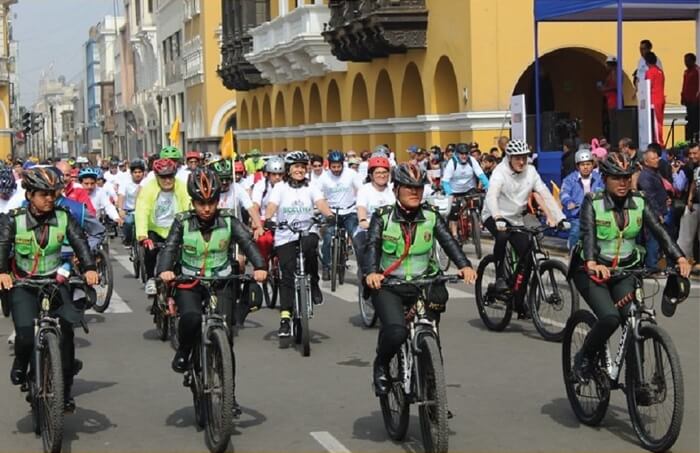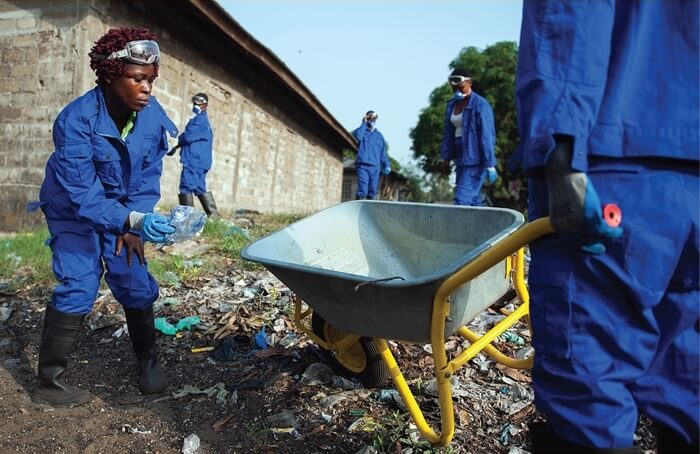Across the world, movements of people have become a pressing issue that controls the attention of the media. Islands are at the centre of many of these movements, as both destinations and sources of refugees and migrants.
In Europe, the islands of the Mediterranean have been the target destination for many refugees arriving through North Africa and Turkey, as they seek to land on the closest part of the European Union. The Italian island of Lampedusa, closer to Tunisia than the Italian mainland, has born the brunt of this movement with a population of just 5,000 people receiving tens of thousands of refugee arrivals, while thousands more have perished in the surrounding seas.
Under international law, refugees must be given an opportunity to claim asylum on arriving in the land of a country. This means that outlying island can play a huge significance – reducing the distance needed to travel. These exclaves of territory provide a jurisdiction that may be much more accessible for those in desperate need of escape.
This situation is taken to its extreme in the Indian Ocean island of Mayotte. The island is officially part of France, but its 200,000 residents living some 8,000km from the metropole. Mayotte has seen a migrant crisis of far greater numbers than the Mediterranean, but it has been little reported in the European media. Lying close to the Union of the Comoros, more than 50,000 Comorians are thought to have died trying to reach Mayotte, an exclave of the European Union.
An island exodus could also be approaching in the form of climate refugees. Atolls nations are particularly threatened by sea level rise. In the Marshall Islands, many citizens have already experienced forced movement from environmental pressures after the United States tested nuclear weapons at Bikini Atoll forcing residents of surrounding islands to flee.
Some atoll nations have been calling for damages from polluting countries for the impacts of climate change and for mechanisms to be put in place to facilitate movement of people in the event of the islands being submerged. However, the citizens of the tiny Pacific atoll states of Tuvalu and Kiribati have some of the most limited options to get visas, limiting their opportunities to migrate.
There is a particularly dark side to some island involved in the refugee crisis. Islands have long been used as prisons from Devil’s Island to Alcatraz and Saint Helena to Robben Island. In Australia, detention centres operating in Nauru and Manus Island (Papua New Guinea) have come under much fire. In this case, by housing refugees offshore, Australia is exploiting a loophole to avoid resettlement in their country.
A ray of light comes from the regions settling refugees and providing a new lease of life for arrivals and recipient communities alike. In the Australian outback (see film featured below) refugees can help inject life into struggling communities. Islands worldwide suffer from a brain drain that leaves them devoid of young people and refugees looking for peace could provide opportunities. While refugee resettlement in the remote outback town of Mingoola has been a success, similar stories abound from Scotland’s Isle of Bute, Canada’s Prince Edward Island and rural Sicily.

Island Innovation is a social enterprise and digital media company at the intersection of sustainable development and communications, offering specialised services across various sectors. We bring together the private sector, government, utilities, NGOs and universities to advance innovation for sustainability and prosperity in islands worldwide.







